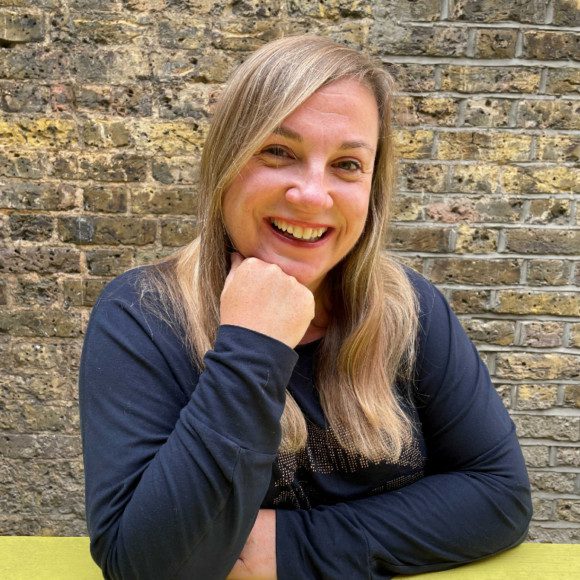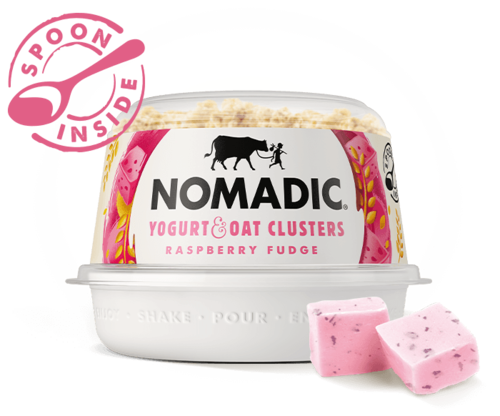8 Stages of new product development with examples

The earth was once just water, rocks, animals and plants. Someone somehow made Bluetooth out of that. If that doesn't make you excited about developing new products, we don't know what will.
New product development (NPD) is the structured process of bringing a new product or service to market, but it’s not a straight line. It’s not just about bringing any idea to life – it’s about taking the steps necessary to make the product add value to both your business and to your customers.
If you’re dreaming of developing a product but want to do it the right way, here’s a framework and some real-life examples to help you on your way.
TL;DR: The 8 stages of new product development
Here are the 8 stages of NPD summarized:
- Step 1. Idea generation: write down all your ideas (don’t filter yet!), brainstorm, and use techniques to boost your team’s creativity.
- Step 2. Idea screening: go over all the ideas you generated and quickly determine which ones are viable and which are not (yet).
- Step 3. Product concept testing: find out if what your target audience thinks about your idea with direct surveys and assessments.
- Step 4. Market research: if your product makes it to this round, it’s time to find out what pricing and messaging should look like.
- Step 5. Prototyping and development: create a rapid prototype or MVP to test the waters and keep perfecting and testing until development.
- Step 6. Market testing: find out if your marketing resonates with your target audience and if your product launch will be viable.
- Step 7. Commercial launch: keep a close eye on what is happening in the market and what people say about your brand.
- Step 8. Review and refine: regularly check in and make adjustments in your promotion and communication if necessary.
What is the new product development process?
Any good New Product Development process is about much more than just creating a physical or digital product. It includes everything from generating ideas and crafting messaging to marketing strategy and post-launch analysis.
The journey from market opportunity to in-market product involves multiple stages that are meant to transform your initial concept to meet market needs.
Following the NPD process doesn’t mean you’ll launch exactly what you first envisioned. Maybe surprisingly, but that isn’t exactly the point of the process. Through screening, testing, and prototyping, your product is meant to evolve to better fit market demands and customer preferences.
That’s what many brands overlook in NPD: testing both the market and the marketing, not just the product. Because even when concept testing shows people love (the idea of) your product, they won’t buy it if your promotion misses the mark, or if they don’t actually need it.
The NPD process is essential for product success. Every step adds value, and it’s crucial you don’t rush it. So without further ado, let’s look at the eight stages and the meaning of each one of them.
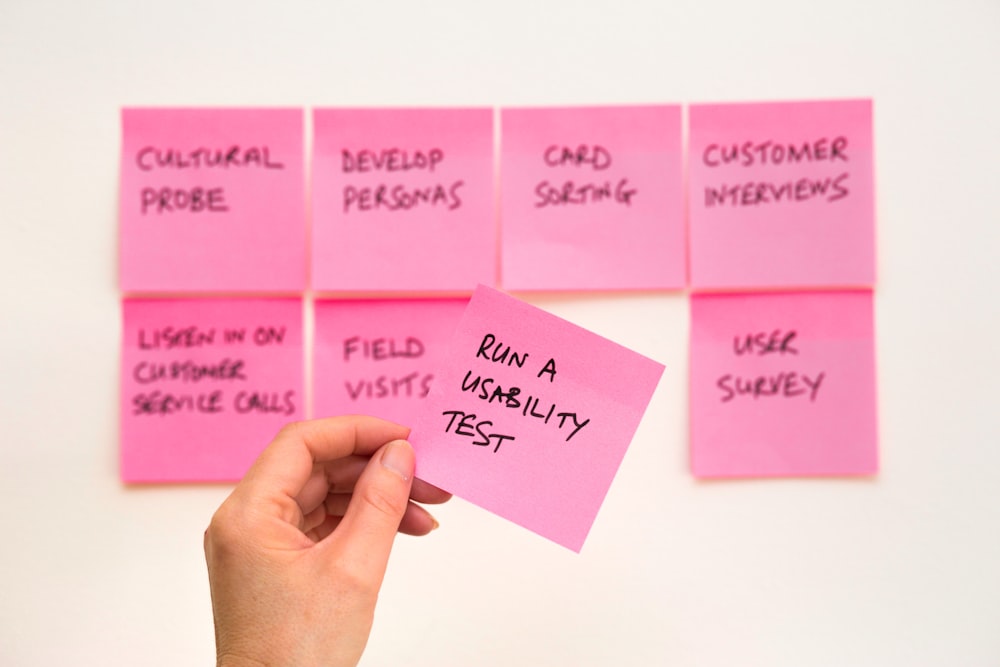
What are the 8 stages of product development?
Here’s each stage of the new product development process, with some ideas on how to make the most of it:
Step 1. Idea Generation
It all starts with an idea. Good or bad. When looking to expand your product line or address a market gap, you need creative concepts. Here are four techniques to get those ideas flowing:
1. First Principles Design
Made famous by Elon Musk, this approach involves breaking down a problem to its fundamental elements. Identify your existing assumptions, break down the problem to its first principles, then build a new solution from the ground up.
2. Social listening
Your customers are already telling you what they want! Use social listening tools to discover complaints about existing products and competitors. These pain points are goldmines for new product ideas.
3. Mind mapping
Place your central idea or opportunity in the middle of a whiteboard and start connecting related concepts. This visualization helps you make new connections and explore unexpected paths.
4. Collaborative innovation
Involve colleagues from different departments to gain diverse perspectives. Cross-functional collaboration often leads to breakthrough innovations that single departments might miss.
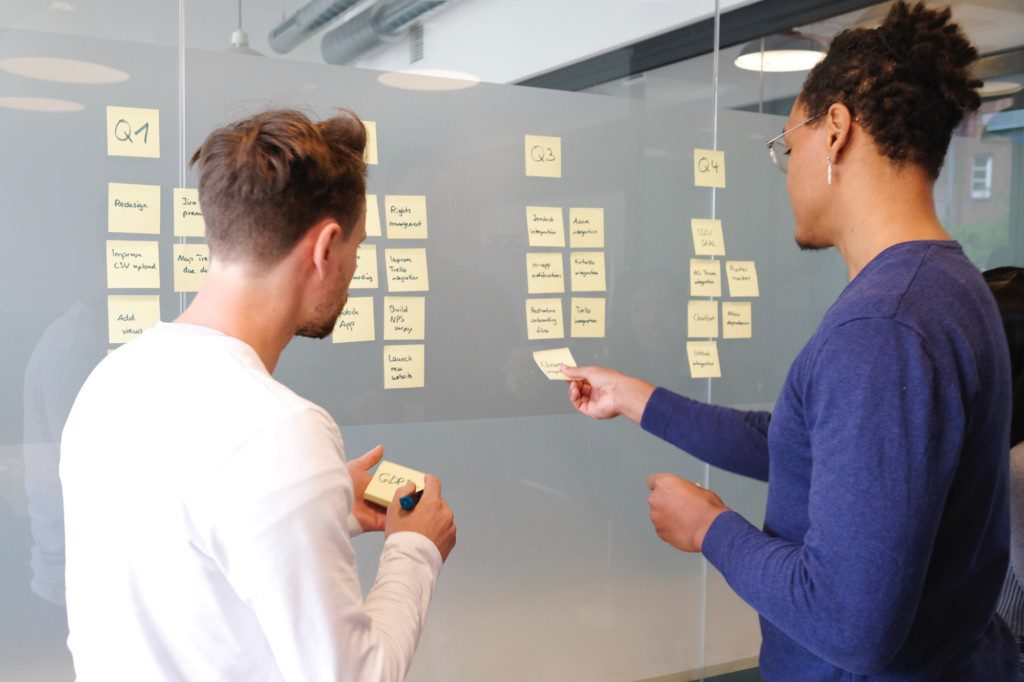
Step 2. Idea screening
Once you have a solid list of ideas, it’s time to separate the wheat from the chaff. Be ruthless at this stage. It’s better to kill questionable ideas now than invest heavily in something destined to fail:
- Technical feasibility: Can it be done with available technology and resources? Dream big, but keep practical limitations in mind.
- Profitability potential: What will it cost to create, and what price could you charge? Look at market size and also take existing solutions into account.
- Competitive landscape: Does it already exist? Research thoroughly and identify your potential competitive advantage.
- Brand fit: Does it align with your brand identity? Does it not confuse consumers or weaken trust or authority built up through existing products?
Step 3. Concept testing
New Product Development has a failure rate of 80%-95%. Many of these failures could be prevented through thorough concept testing with your target audience.
Concept testing involves evaluating consumer responses to your product idea before significant investment. You can:
- Present a single concept for feedback
- Test different versions to determine the most promising direction
- Evaluate multiple aspects including design, messaging, and pricing
Importantly, concept testing should happen throughout development for all product aspects—including promotion—before creating expensive prototypes. If you only think about marketing after prototyping begins, you might discover there’s no effective way to market the product within your constraints.
Step 4. Market research
Market analysis is the foundation of successful product launches. Even after you’ve identified an opportunity, deeper market understanding will help you perfect your positioning and launch strategy, and seize that opportunity. Make sure you cover:
- Competitors: Who are they, what are they selling, and what are their USPs? Why do people choose them? What marketing tactics are they using? How does your brand health and awareness compare?
- Target audience: Don’t invent ideal buyer personas—base them on actual insights from real people using surveys and focus groups.
- Market challenges: What trends and technologies are emerging? Can you realistically keep up with the latest developments and the speed of it all?
- Influence channels: Who are the important influencers in your market? What channels could you use to distribute your content and products?
What do customers want from your future products?
Find out by using the best market research tools around—we’ve got them all in one handy list.
What do customers want from your future products?
Find out by using the best market research tools around—we’ve got them all in one handy list.
Read the listStep 5. Prototyping and development
For a lot of teams, the design process is where the real fun begins. In this part of the new product development process, you will be creating a minimum viable product (MVP) to further test it out on your market, and potentially pitch to investors.
When we’re talking about an MVP, we mean that you’ll create a product prototype that is not yet a fully functional, detailed version of the product.
Next up is rapid prototyping, which is all about making simple and cheap prototypes, getting feedback, and then improving the prototype. This type of iterative new product development process can save you a lot of time and waste of resources, because sometimes you think too far ahead.
With an MVP and rapid prototyping, you basically work together with your potential customers to craft a product they like.
What’s rapid about it? You need to be willing to make decisions quickly. If testing shows that something isn’t quite working, act immediately, change it and offer up something better.
Every new aspect or feature should be added to the prototype and tested, but you don’t need to make it functional just yet. In many cases, rapid prototyping starts with only pen and paper.
Another benefit of this method is that you start connecting with your customer base at an early stage. If you use real customers for your prototyping and testing, you also promote the upcoming product and build stronger relationships with them. You’re showing them that you value their opinion and create products for them, and with them.
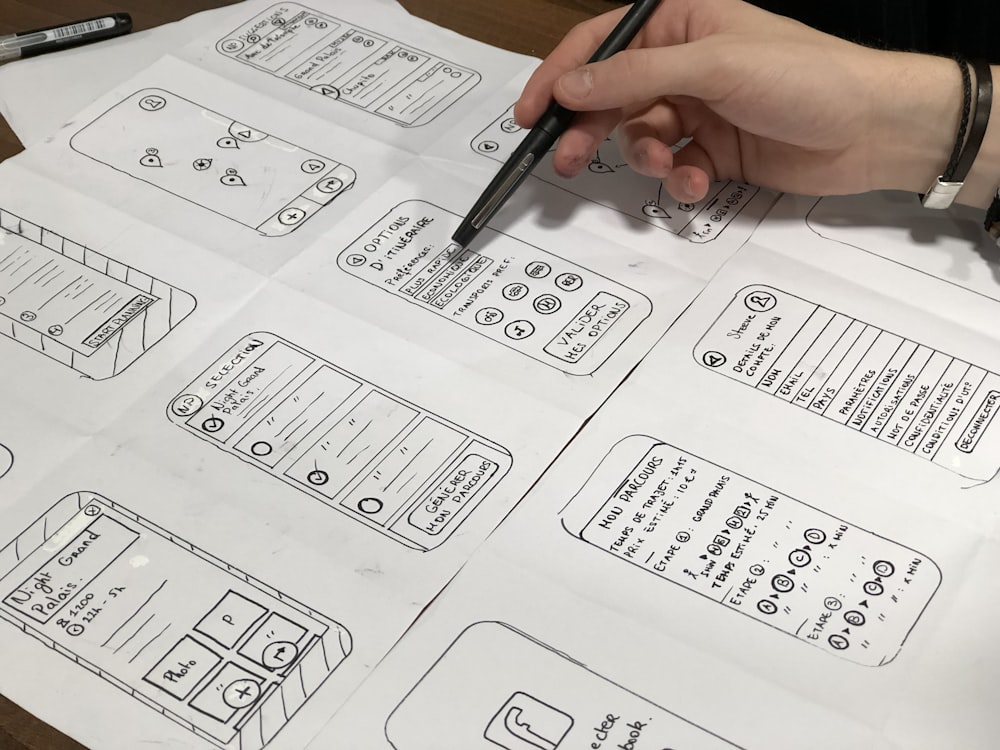
Step 6. Market testing
Time to test the waters. While the development phase is in full motion, you can already start testing the messaging and communication you had in mind.
This step is incredibly important, because it could make or break the success of your new product development process. A genius product with terrible marketing won’t do much for your sales.
If you think ‘we’ve got this, we’ve created dozens of campaigns’, think again. Many big brands with decades of experience have missed the mark completely and launched campaigns that simply didn’t sit well with the public. Names like Dove, Coca-Cola, and McDonald’s have learned the hard way that market testing should never be skipped.
Here’s what you should look out for:
- How your messages are received: does it make people excited?
- Could it be that your ads are tone-deaf, rude or simply… not funny?
- Is your price acceptable the way you are presenting the product right now?
- Are you using the right channels to communicate and sell your product?
- Is the ‘special offer’ you created special enough?
- Are your USPs loud and clear?
- Is it recogniazble: does it match your brand?
Step 7. Commercial launch
Ready for take-off? The launch of a product is an exciting but stressful thing to plan. Everything has to be right, from the supply chain to planning and promotion.
In today’s market, it might feel impossible to get attention from your target audience. They’re being bombarded with content and ads wherever they look. How do you grab their attention for a moment, and make it worthwhile?
Be clear about your Call to Action
Your campaign should come with a clear call to action (CTA). Whether you’re promoting online or offline, you should make buying your product the easiest thing in the world. Don’t let people look for it: present them with all the options to buy it right away, or they’ll get on with their day and forget about your product.
Talk about the benefits, not the features
What does the product do for me? Chances are, nobody is waiting for a list with specs to compare to other products. In your messaging, focus on how the product adds value to their day.
Make it easy to remember
While creativity is good, it shouldn’t cast a dark shadow on your actual message and product. Explain your product in the simplest of ways.
Work with pre-orders
There’s something about pre-ordering something that is exciting. Being one of the first people to get a new product or access to a new service makes people feel special, and is great for word-of-mouth.
Our advice? Make an exclusive offer for pre-orders or give your loyal customers early access to your newest product.
Step 8. Review and refine
It probably won’t be the last time you start a New Product Development process, so take enough time to analyse what went great and what could use some fine-tuning next time.
On top of that, you should also analyse how your marketing strategy is working out and make edits to your marketing efforts if necessary.
Get the beginners’ guide to NPD
If you’re thinking about the ‘next big thing’, check out this complete guide to successful new product development
Get the guideHow to create an NPD plan
A well-structured NPD plan keeps your development process on track and ensures all stakeholders understand their responsibilities. Here’s how to create an effective plan:
- Set clear objectives: Define what success looks like for your product launch in measurable terms
- Map your timeline: Create a realistic schedule with key milestones and deadlines
- Assign responsibilities: Determine who’s accountable for each stage and deliverable
- Allocate resources: Budget time, money, and personnel for each development phase
- Establish decision criteria: Define how you’ll evaluate progress and make go/no-go decisions
- Plan for contingencies: Anticipate potential obstacles and develop backup strategies
- Create feedback loops: Build in regular check-ins to gather input and make course corrections
Your NPD plan should be a living document that evolves as you progress through development stages and gain new insights about your product and market.
Measuring NPD success
How do you know if your new product development process is working? Track these key metrics throughout development and after launch:
Pre-launch metrics
- Concept testing scores: Percentage of positive responses and purchase intent
- Development efficiency: Time and resources spent compared to projections
- Risk reduction rate: How effectively you’re addressing potential launch obstacles
- Team alignment: How well stakeholders understand and support product goals
Post-launch metrics
- Sales performance: Revenue, units sold, market share, and growth trajectory
- Customer feedback: Ratings, reviews, and direct input on product performance
- Marketing effectiveness: Conversion rates, customer acquisition costs, and ROI
- Long-term adoption: Repeat purchases, subscription renewals, and churn rates
The role of user research in NPD
User research is the foundation of successful product development. By bringing the voice of the customer into every stage of NPD, you dramatically increase your chances of creating something people actually want to buy.
Why user research matters in NPD
User research helps you:
- Identify unmet needs and pain points before development begins
- Validate concepts before significant investment
- Refine product features based on actual user feedback
- Test usability to ensure intuitive product experiences
- Uncover potential objections that might prevent purchase
- Gather insights for marketing messaging that resonates
When to conduct user research
User research should be integrated throughout all NPD stages:
- Stage 1: Discover pain points and unmet needs to generate better ideas
- Stages 2-3: Test initial concepts to identify the most promising directions
- Stages 4-5: Observe users interacting with prototypes to refine functionality
- Stages 6-7: Test marketing messages to ensure they resonate
- Stage 8: Collect post-launch feedback for continuous improvement
By making user research central to your NPD process, you develop products that truly connect with your target audience, increasing adoption rates and customer satisfaction.
Examples of the new product development process steps in action
Some brands make new product development look effortless, but even they follow a structured process every time. Here are two examples of companies using effective NPD approaches:
Mallow & Marsh – Food and beverage product development process
Mallow & Marsh creates premium marshmallow treats with creativity and quality at their core. Their team has ideas for new products daily, but as a small business, they need to justify every development investment.
Their solution is relying on data, all throughout the NPD process. By using Attest as their go-to agile research tool, they test and validate concepts with target customers before committing significant resources.
The ROI of using Attest is speed and certainty with our new product offering and go-to-market strategy. Every product concept that’s performed well on Attest has gone on to development, and that’s down to our confidence in the data.
Alex Caplan, Trade Marketing Manager at Mallow & Marsh
This approach has proven highly effective—every product concept that performed well in testing has advanced to development, demonstrating the team’s confidence in their research-backed strategy.
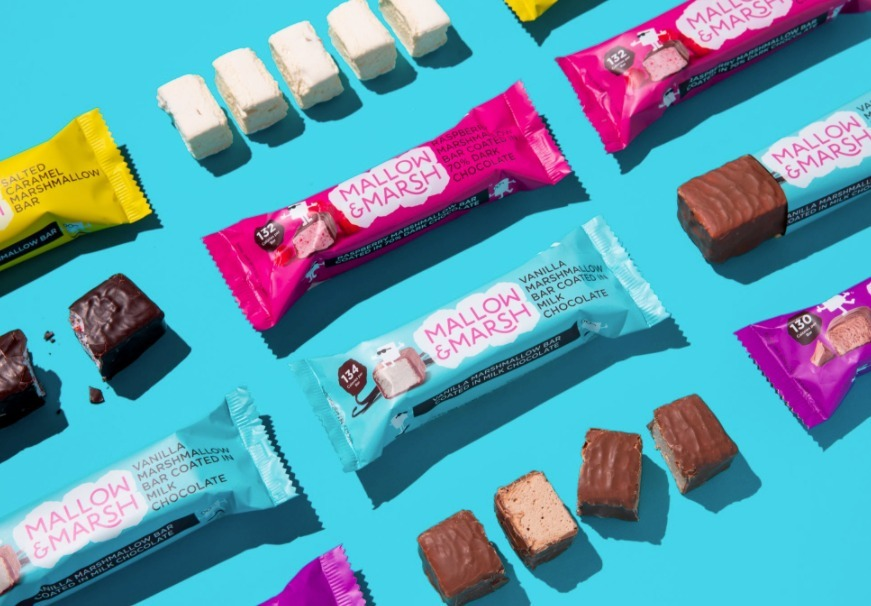
Nomadic Dairy – Food and beverage product development
Nomadic Dairy operates in the competitive yogurt market, particularly the on-the-go segment. With a growing product range but a saturated market, they needed to create a more distinct, relevant proposition.
Rather than relying on guesswork, they went directly to their audience to find answers. Using consumer research, they discovered new marketing messages, refined their positioning, and made informed product decisions.
Attest has helped us grow as a business because it helped us to refine our propositions. That’s really the best example: that we can equip our teams with better insight. That helps them to do better deals and make better products.
Tom Price, Head of Marketing & Innovation
Got a great idea for a product?
You could be onto something great. Want to find out if it could be a hit? Test your early idea with our concept testing survey.
And start your NPD process right with the our 9-Step Template for New Product Development.
Get the beginners’ guide to NPD
If you’re thinking about the ‘next big thing’, check out this complete guide to successful new product development
Get the guideFAQs
The most effective NPD teams are cross-functional, including representatives from product design, engineering, marketing, sales, and customer support. This ensures all aspects of product development and launch are considered.
For complex products, assign a dedicated project manager to coordinate activities. Smaller companies may need team members to wear multiple hats, but should still ensure diverse perspectives are represented.
Be willing to terminate projects that show red flags during development. Key indicators include consistently negative feedback during concept testing, technical challenges that can’t be overcome within resource constraints, shifting market conditions, financial projections showing inadequate ROI, or strategic changes in company direction.
The earlier you identify these issues, the less investment you’ll lose by pivoting or terminating the project.
To accelerate NPD without compromising quality, implement agile methodologies with shorter iteration cycles, use rapid prototyping techniques, conduct parallel rather than sequential development activities when possible, leverage technology tools for collaboration and testing.
It’s also helpful to establish clear decision-making protocols to avoid delays, and focus on the minimum viable product for initial launch with plans for feature expansion later.
Tell us what you think of this article by leaving a comment on LinkedIn.
Or share it on:
